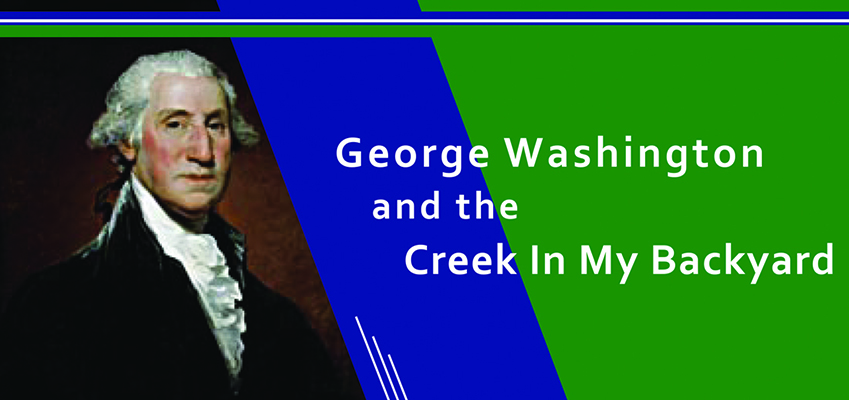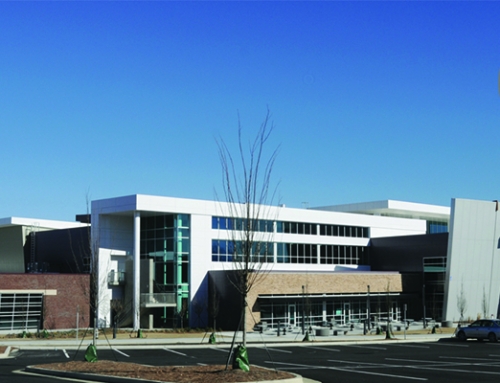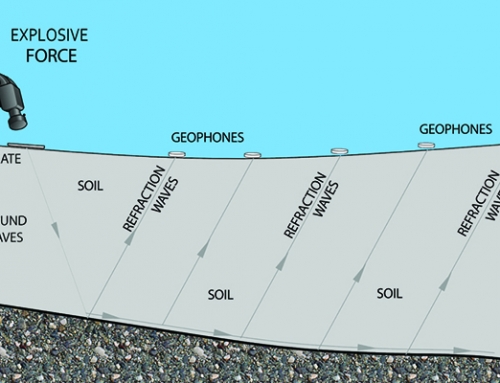I enjoy learning how things are connected through history, especially things that have no business being connected – like George Washington and the creek in my backyard. So how are they connected?
In June of 1775, General George Washington appointed the first engineer officer of the Army to serve in combat operations for the Revolutionary War. Four years later the Continental Congress created a separate division known today as the Corps of Engineers. Since that time, the U.S. Army Corps of Engineers have served in combat in all subsequent American wars. However, their role within the U.S. Army Corps of Engineers wasn’t limited to just combat. They were also responsible for building fortifications along the coast and rivers, founding and operating the U.S. Military Academy at West Point, removing navigational hazards from waterways, surveying roads and canals, and constructing buildings and monuments in our Nation’s capital.
The Army Corps of Engineers turned out to be a natural fit for civilian projects as well. From the beginning, many politicians wanted the Corps to serve in both military and civilian projects. Maintaining interstate commerce in the 19th century was crucial to the development of our country; rivers and harbors were at the heart of accomplishing this. Dredging, removing sandbars, obstacles and debris were central to the Corps maintaining the navigable waters of the United States. Creating reliable passages from unruly rivers and opening up new canals for transportation avenues helped accelerate the growth of our nation. Since a majority of the Corps’ work involved water and water related projects, they quickly became the primary expert and authority for all things water related.
In the 1960’s, national focus began to shift regarding our water resources. Water quality concerns, environmental preservation, and the increased desire for its recreational use were pivotal to this transition, and created the foundation as national policy began to form. One of the culmination pieces of legislations that resulted from this shift was The Clean Water Act (CWA) of 1972, an amendment to The Federal Water Pollution Control Act of 1948, which was the first major U.S. law to address water pollution. (See EPA Reference 2).
The CWA set water quality standards for all contaminants in surface water. It made it unlawful for any person to discharge any pollutant from a point source into navigable water unless a permit was obtained. Additionally, Section 404 of the CWA regulated the placement of dredged or fill material into wetlands, streams, lakes, rivers, estuaries and other specified types of waters like the creek in your backyard.
Guess who was given joint authority along with the EPA for investigations and enforcement of The CWA? If your answer was the U.S. Army Corps of Engineers, you would be correct. Who would have thought that the appointment of an engineer to assist in combat operations during the Revolutionary war would eventually connect George Washington to the creek in your back yard?
References:
Reference 1 (US Army Corps of Engineers – A Brief History)
http://www.usace.army.mil/About/History/BriefHistoryoftheCorps.aspx
Reference 2 (EPA-History of the Clean Water Act)
http://www2.epa.gov/laws-regulations/history-clean-water-act
Reference 3 (EPA – Clean Water Act (CWA) Compliance Monitoring)
http://www2.epa.gov/compliance/clean-water-act-cwa-compliance-monitoring







